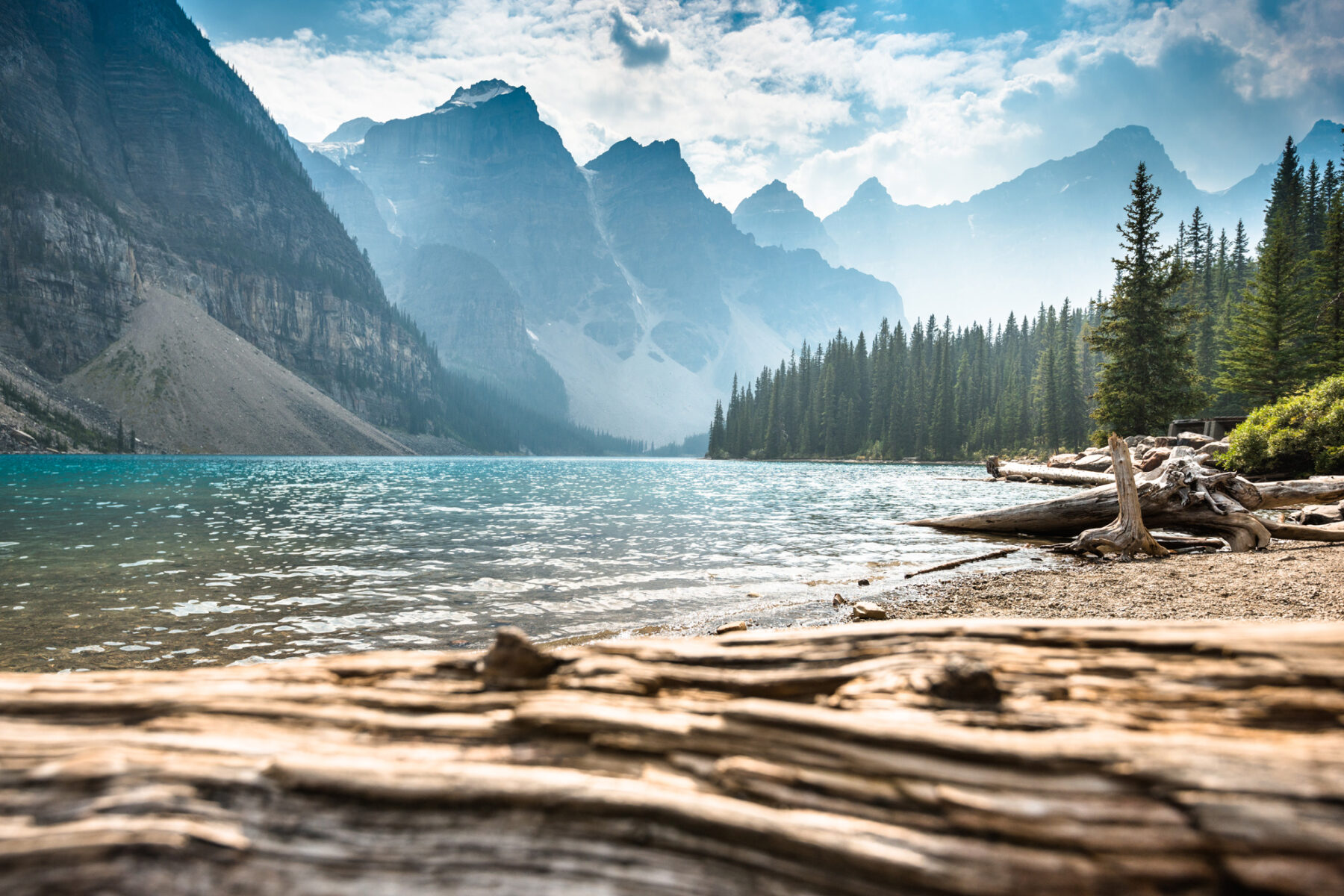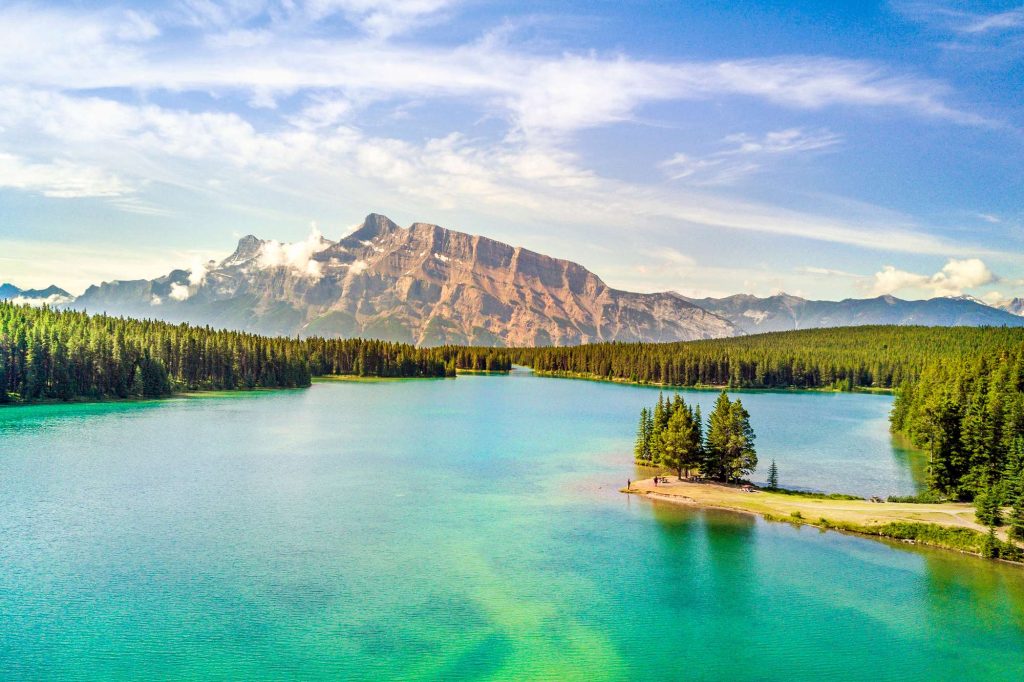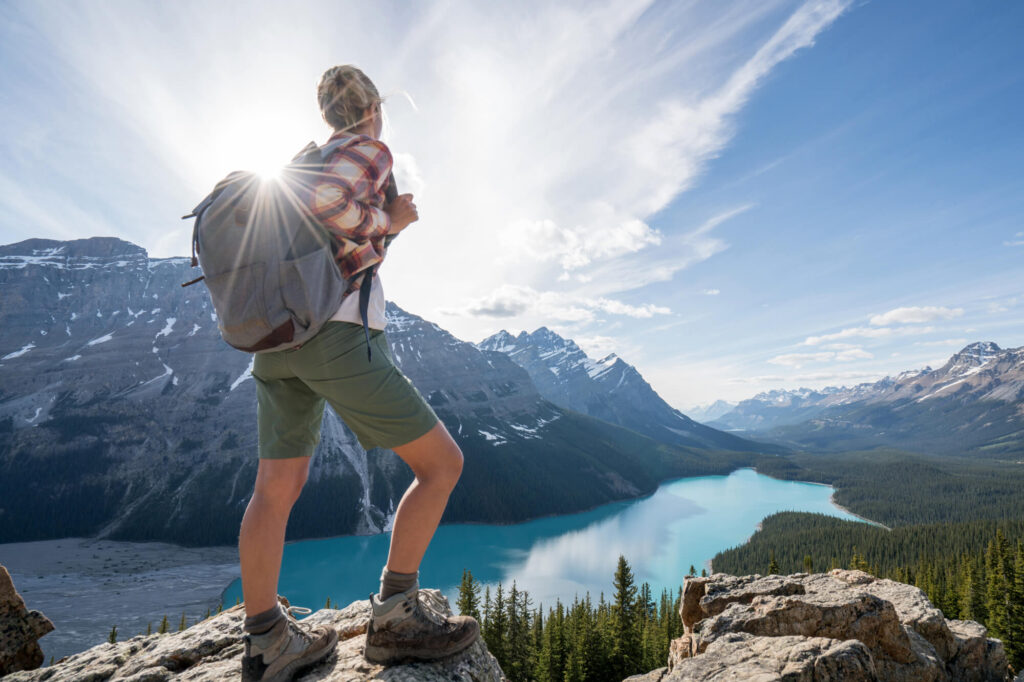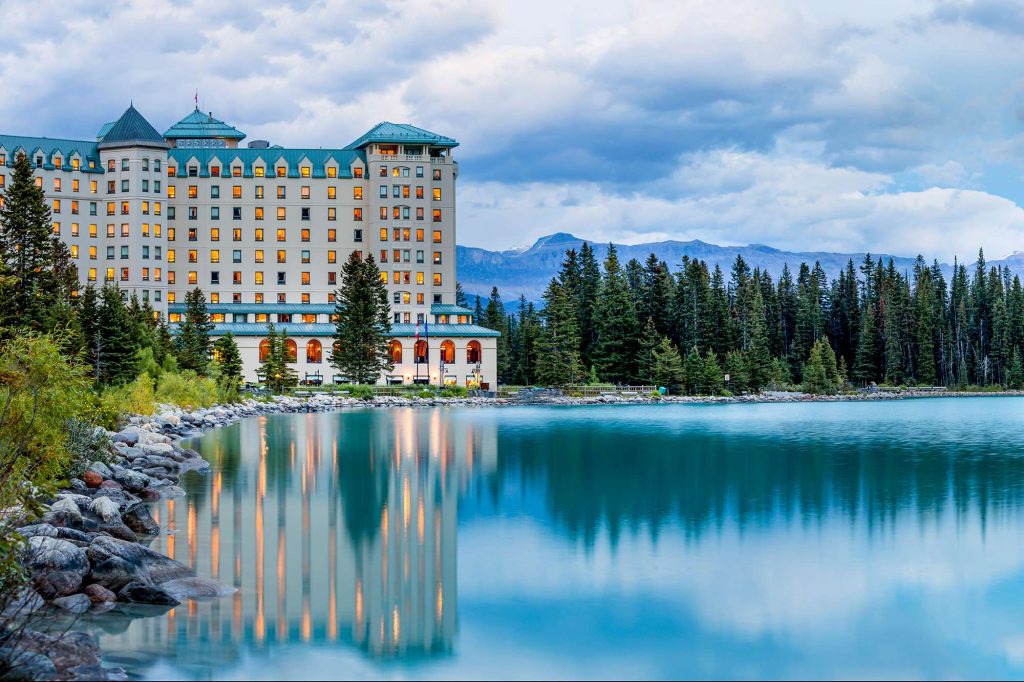
Your Guide to Discovering the Lakes of Canada
Canada has one of the most striking and diverse landscapes on earth and is renowned the world over for its beautiful lakes. Crystal clear waters and the surrounding forests create vistas that are second-to-none, making it a destination that must be seen to be believed. Self-drive holidays in Canada are consistently popular allowing visitors to see the lakes at a leisurely pace. In this guide, we’ll take a look at some of the key questions asked about Canada’s lakes and how you can discover them yourself.
Why is Canada famous for its lakes?
Canada is known for its natural wonders, including its incredible lakes. Expanses of water in hues of blue and green often set against lush forests and rugged mountains create a striking landscape that isn’t replicated anywhere else on earth. Canada has so many of these gorgeous lakes because of its historical landscape and geographical makeup. Natural lakes, such as those you see across Canada, are formed in mountainous areas and rift zones, as well as areas with glaciation – all of which occur naturally in this country.
Why is the water in Canada so blue?
Canada’s bright blue-green waters are breathtaking and incredibly pure. The azure hue comes from the glaciers that make up much of the landscape. The glaciers grind down the rock faces into a very fine powder which then floats in the water and reflects the light around it; this creates the striking colours.
What is Canada’s biggest lake?
The Great Bear Lake, located in the Canadian boreal forest of the Northwest Territories, is the largest lake entirely within Canada. It is over 12,000 square miles and has an average depth of 71.8m. Whilst Lake Superior is the largest lake in the world, it traverses the border between Canada and the United States, so technically is not truly Canadian.

Can you swim in Canadian Lakes?
Although glacial lakes are cold, there are many lakes you can swim in during the summer months. The lakes in Banff National Park are open for people to enjoy swimming as well as other water-related activities like fishing and rafting. Lake Louise and Johnson Lake even have sand-covered beaches to enjoy.Similarly, Manitoba’s many parkland lakes have the same swimming and watersports options and British Columbia’s Tantalus Mountain Range has a number of areas to enjoy a dip in the clear waters. You can also swim in Ontario’s Muskoka and Simcoe Lakes, and Nova Scotia’s Lake Banook is another popular location.
How long is the hike to Peyto Lake?
The hike to Peyto Lake is 3.8 miles as a round trip and offers some of the most breathtaking views of the Canadian Rockies. You can hike 1.9 miles to the viewing point at the top of Bow Summit where the deep turquoise of the lake is showcased against a breathtaking backdrop.Due to its incredible location at the bottom of a convergence of valleys, the lake gets purely fed by Peyto Glacier. The mineral deposits in the water create a magnificent bright blue-green colour. Peyto Glacier itself is part of the enormous Wapta Icefield, which covers the Continental Divide and stretches all the way to British Columbia’s Yoho National Park. The bright colours, teamed with a surrounding landscape of verdant forests and dramatic mountains, make it a sight you will not soon forget.

Can you swim in Peyto Lake?
Unfortunately, the water in Peyto Lake is too cold to swim in without the proper thermal gear, even in the summer, but don’t let that stop you from visiting and taking in the views.
How do you get to Moraine Lake?
Popular and equally gorgeous is Moraine Lake, located in Banff National Park. It’s located outside Lake Louise village in Alberta and can be reached quite easily from Calgary Airport (about 153km away).Moraine Lake is a great location for walking and hiking, with some famous trails taking you through the lush landscapes and providing incredible views. In fact, the view from the top of the rockpile has become one of the most photographed vistas in the country.
When is the best time to visit Lake Louise?
The main hamlet of Lake Louise – known as The Village – is a great ski destination but if you’re looking to explore the lakes, like Moraine Lake, the end of spring to early summer is best. Moraine Lake reaches its crest in mid-to-late June and when it reaches capacity the colour becomes even more distinctive.The wildlife surrounding Lake Louise is also more active in the summer months so you can enjoy a spot of nature watching, looking out for many of Canada’s native animals.

Is Lake Ontario freshwater or saltwater?
Lake Ontario, one of the five Great Lakes, is a freshwater lake. The Great Lakes themselves make up 1/5 of the entire world’s freshwater surface, reaching a mind-bending six quadrillion gallons. Lake Ontario itself is actually the smallest of the five in terms of surface area, but still clocks in at 7,340 square miles.Lake Ontario straddles the border of Canada and the United States, with the closest Canadian city being Toronto.
If witnessing the natural beauty of Canada’s lakes is top of your list, discover more about our Canada holidays or call our Travel Specialists on 01737 214 250 to discuss your plans.



 Instagram
Instagram
 Facebook
Facebook
 YouTube
YouTube